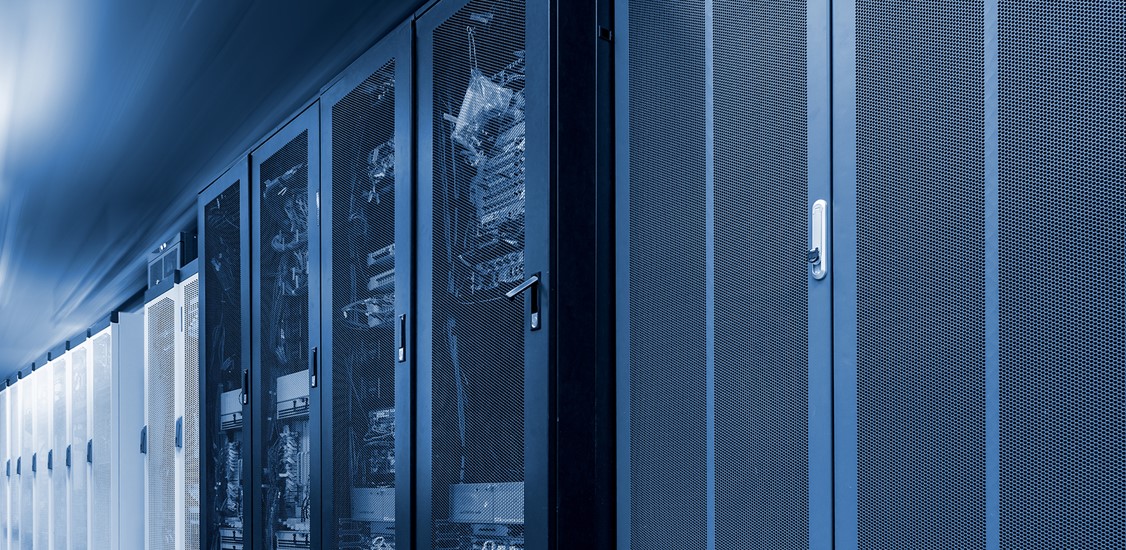As the pandemic rages on around the world, governments are continually implementing safety measures to contain the spread of COVID-19. In Singapore, although dining-out restrictions are easing up, and employees will soon be returning the office at 50% capacity, work-from-home will still play a big part in our everyday life.
In this new normal, the use of e-commerce and video streaming services is on the rise. According to a GlobalData survey, 87% of Asia-Pacific (APAC) respondents are spending more time online. Popular e-commerce sites such as Shopee saw a 40% increase in time spent in-app a week and even 40 times rise in Shopee Live streams as well.
With an increase in online traffic, e-commerce retailers and video streaming platforms need to improve website performance to handle traffic and ensure good customer experience. When it comes to online website experiences, loading times are important to consumers. 43% of global viewers choose video rebuffering as one of their major complaints. 66% of viewers also choose to abandon a video after two rebuffers. 47% of consumers expect a webpage to load in 2 seconds or less. Furthermore, 40% abandon a website if it takes more than 3 seconds to load.
How can online businesses achieve quicker loading times? The most effective option is to leverage
a content delivery network (CDN), which provides retailers control over content, enhanced web performance, and heightened flexibility.
Demystifying CDNs
CDNs are distributed platforms of servers that reduce loading times by minimizing the distance between users and servers. Imagine the CDN as a delivery service. Instead of having designated delivery personnel travelling all over the country, there are specific personnel assigned to each area, ensuring more efficient delivery service. The CDN does just that. With several servers within each country, it can ensure users receive content more quickly.
To minimize the distance between consumers and the server, CDNs store cached content in multiple regions, also known as points of presence (PoPs). Each PoP contains an edge server and a storage server, which is connected to the origin. The purpose of the edge server is to be as close as possible to the end-user, enabling closer connectivity. On the other hand, the storage server is the caching tier that scales out horizontally to ensure there are enough caching capabilities for big catalogues of data. This ensures that consumers get access to content more quickly, reducing latency.
A CDN not only improves website loading speed, but also provides security for websites against ransomware attacks, especially denial of service (DDoS) attacks. All businesses with an online presence can be a victim to such attacks. Recently, the world’s biggest fast-food chain, McDonald’s, was exposed to a data breach, affecting its South Korea, Taiwan and the United States markets. These attacks affect the performance, sometimes resulting in shutdowns to fix any issues caused. A CDN can control and monitor incoming traffic to look out for DDoS attack attempts to stop them from occurring. Given the variety of DDoS attacks, businesses need to ensure they have the right CDN to deter all attacks. Only with the provision of a web application firewall (WAF) can businesses be protected against layer 7 DDoS attacks, which impacts the application, and in turn end-users as well. As a result, businesses need to choose CDNs with a firewall.
CDN adoption, however, is easier said than done. With more than one type of CDN and a variety of CDN providers, online businesses need to decide which is the right match for them.
What is the right CDN to invest in?
Generally, there are three types of CDNs: Peer to Peer (P2P), Pull and Push CDN.
A P2P CDN involves users in the process as there is no usage of servers. As users access the content, they also share it with other users. When requesting content, the system will check if there are peers available to deliver the content from. On the other hand, both Pull and Push CDNs do require use of servers. To minimize the distance between consumers and the server, CDNs store cached content in multiple regions, also known as points of presence (PoPs). A PoP server will store and deliver the content users request. For a Pull CDN, users’ requested content will be pulled from the origin server and the CDN will choose the content to be delivered. Yet, for a Push CDN, businesses can choose the content delivered as the content will be cached in the storage server.
With many types of CDN available on the market, companies need to take time to understand which type is best for them. To start, companies need to evaluate the type of content they are promoting, the locations of their consumers, the traffic of their website and other factors. Next, they should determine the location and number of edge and storage servers. This will enable websites to meet the domain name system (DNS) request for consumers and they can locate the person and route traffic to the right PoP. As a result, this will lead to more efficient transmission of content, reducing website content loads as well. Additionally, through proper programming, businesses can ensure that the behavior of their servers can be changed and deployed immediately. This results in a quicker response to any issues, ensuring greater customer satisfaction.
Can you build a CDN yourself?
There are many options available on the market for CDNs, from more standardized solutions, or more customized private, do-it-yourself CDN solutions that allow retailers to build their own CDN.
While CDN providers are great, some companies need their own private CDN for a variety of reasons, including control, flexibility security, or compliance. Building their own CDN enables organizations to tune it to their specific needs. Such CDNs result in improved performance, reduction in costs, scalability, greater control and also more coverage. Additionally, a customized CDN will enable the option to not share resources when it is not needed, providing a greater safeguard for data.
The decision between a packaged or custom solution depends on retailers’ unique needs and how quickly they need to deploy the solution. Typically, packaged CDNs can be deployed more quickly, but are limited to what is offered by the CDN provider, whereas custom CDNs require more time and upfront investment but can offer more flexibility and cost savings in the long run.






















